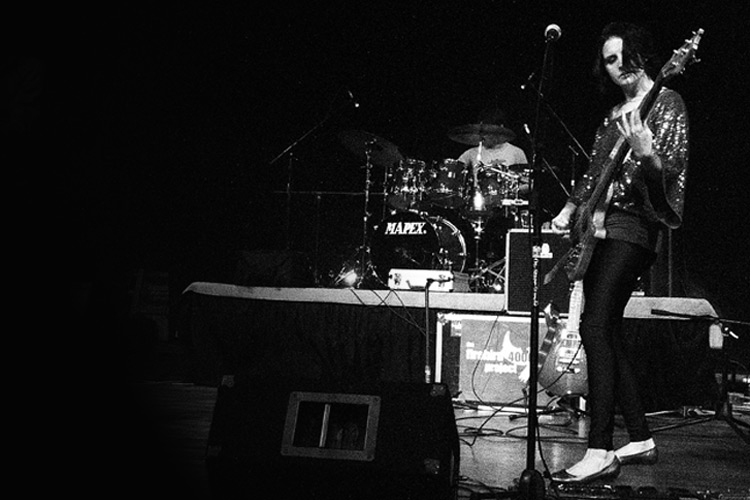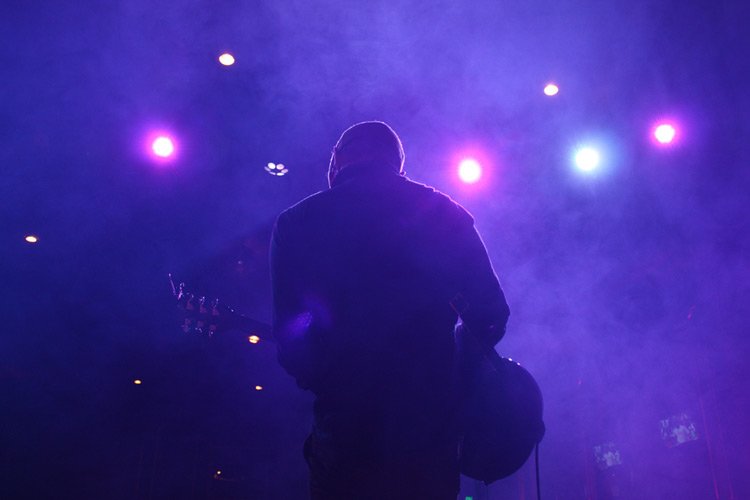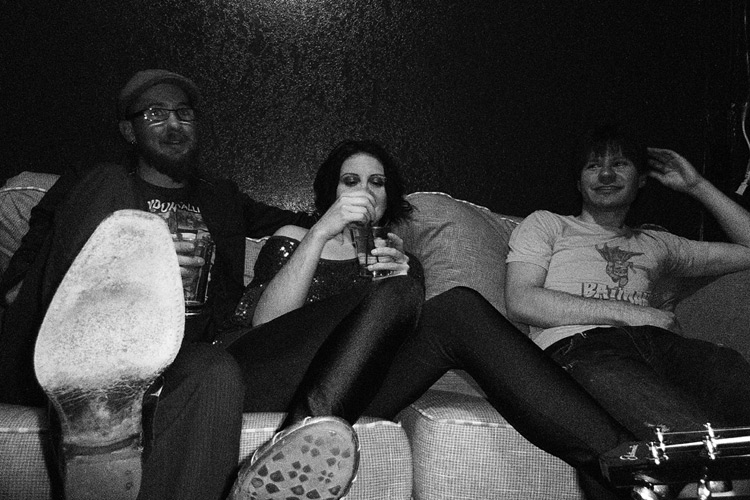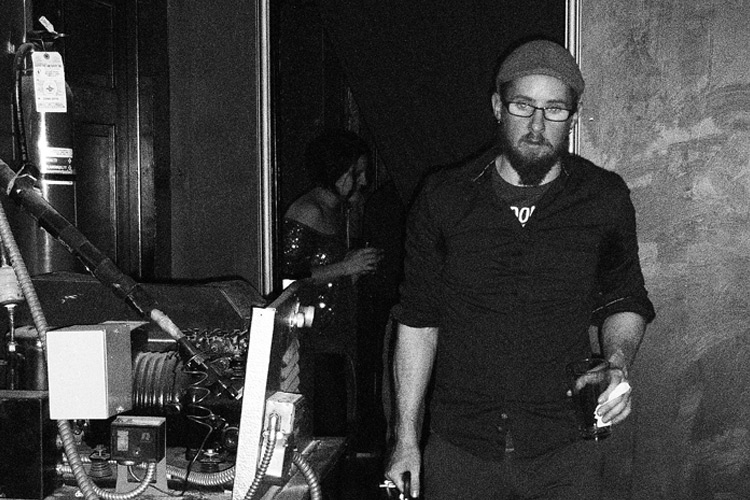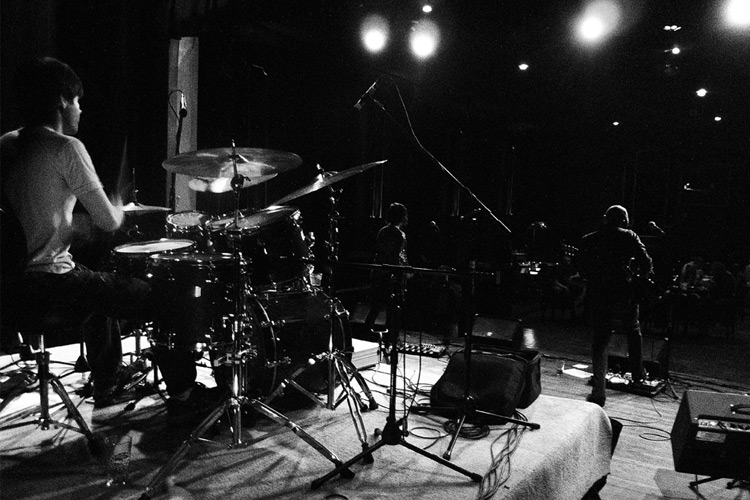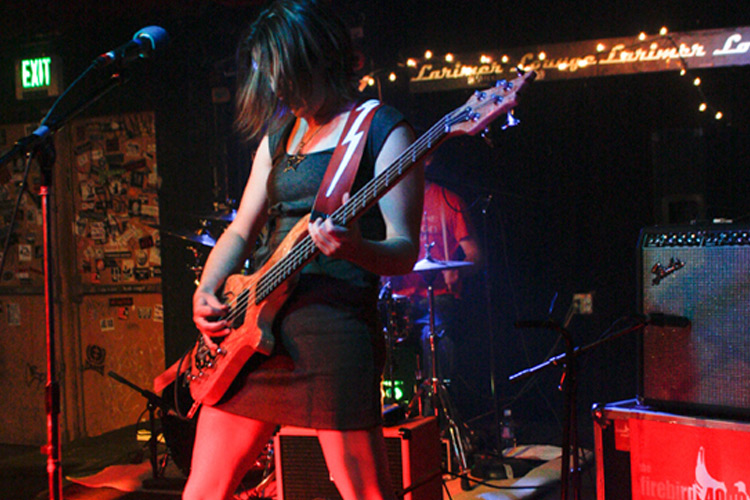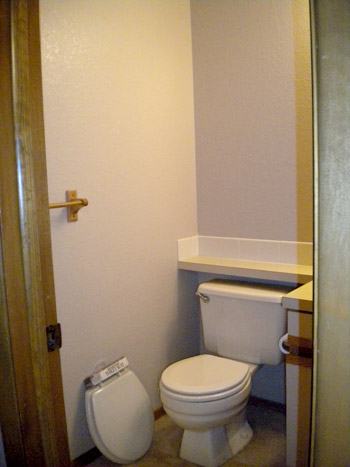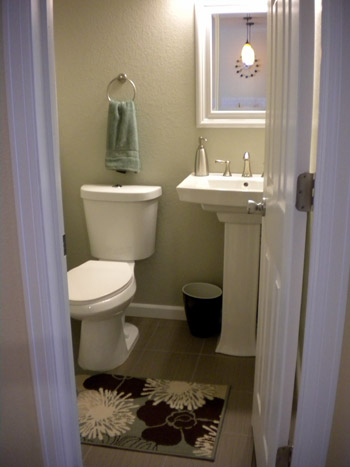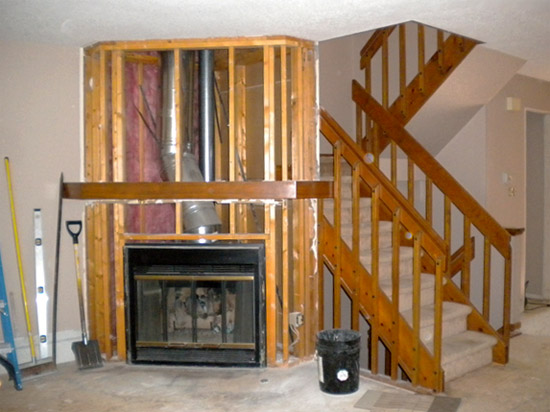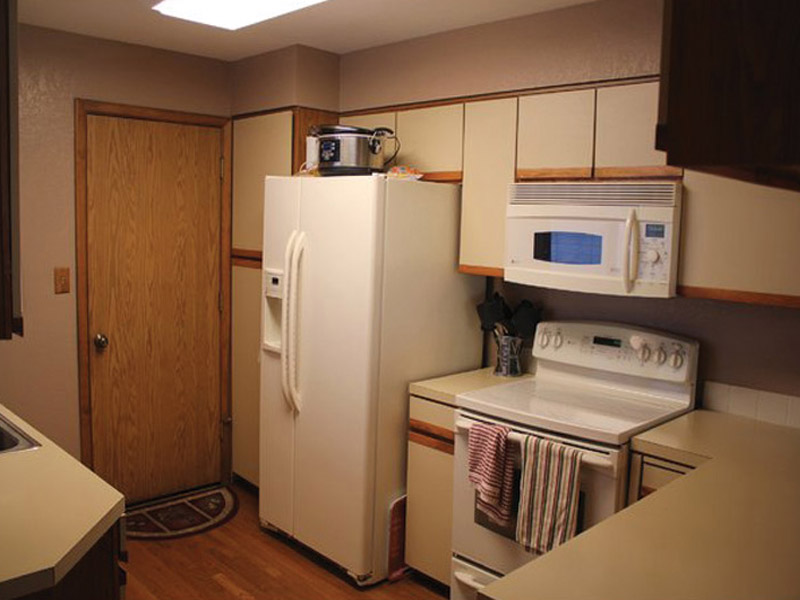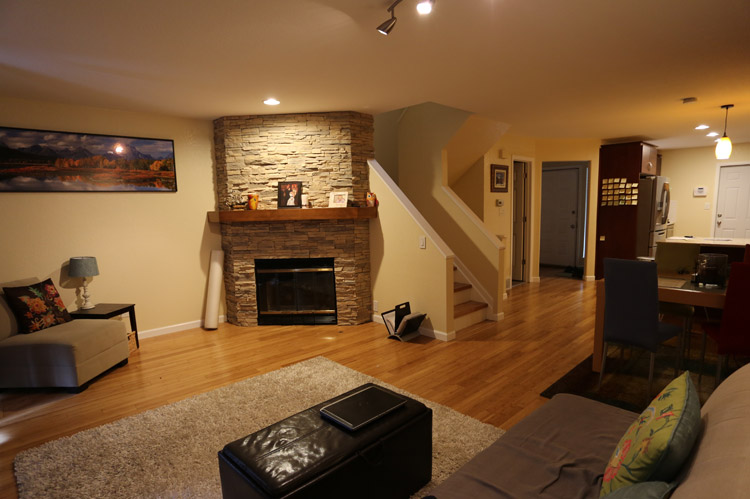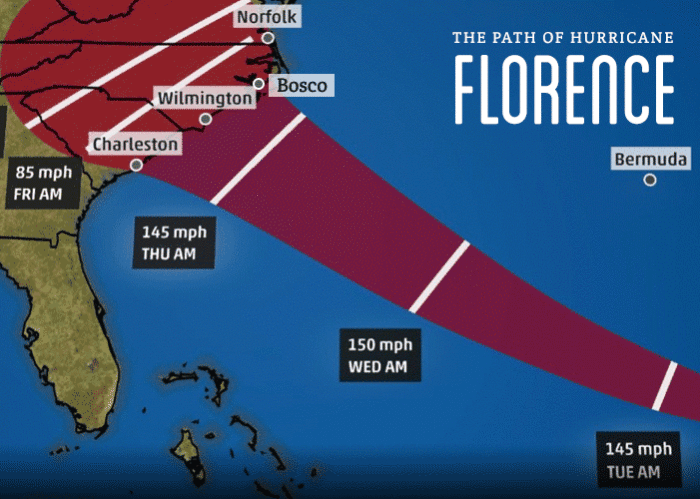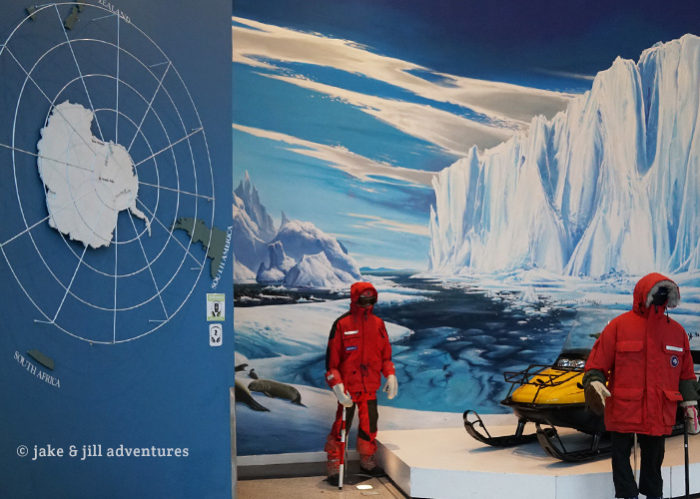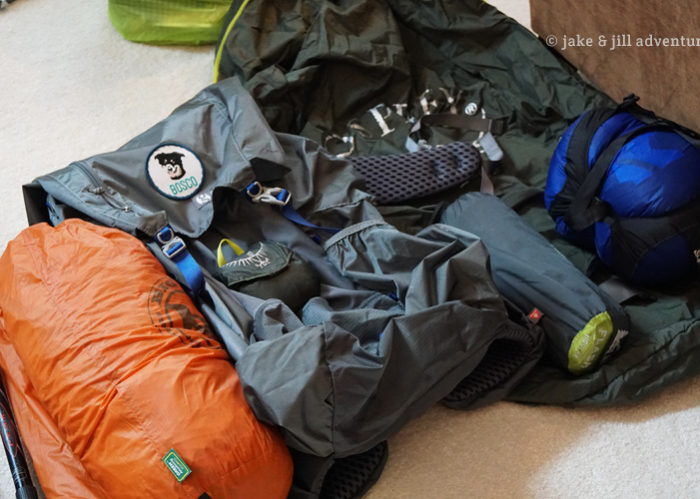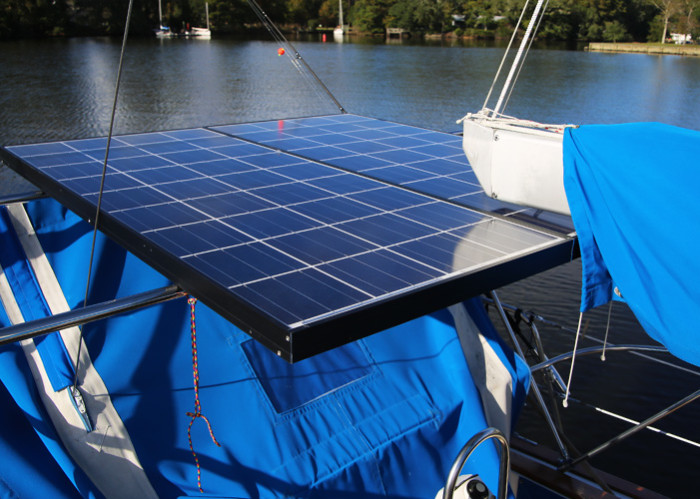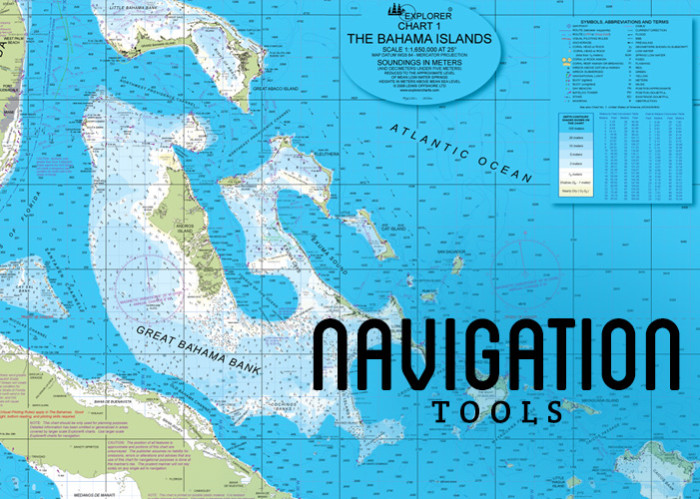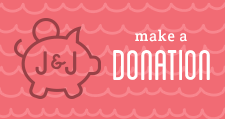Money Money Money
“Money…. That’s what I want,” ~ Flying Lizards
Let me start off by saying we are not money experts We are very average couple who brings in a modest living. We aren’t crazy spenders and actually tend to err on the side of simple. If there is something we want or need, we find a way to prioritize so as to be able to afford it.
The most common question we get is; How can you afford to do this? Well the truth is, its really not that terribly hard. We decided many years ago that this was our purpose and that we had to figure out a way to make it happen. So we did what we always do…we formulated a plan.
If you read our last post about becoming sailors, one huge part of that was reading tons and tons of books on this exact topic – the lifestyle of being a full-time live-aboard sailor. For one thing, it was a HUGE motivator but it also showed us that other people have had these exact same thoughts and have found a way to make it happen for them.
 One of the books that sticks out on the topic of money is a book called “Leap of Faith: Quit your job and live on a boat” By Ed Robinson. Many readers question his sense of humor (and honestly you need some level of maniac inside to do this sort of thing). But Ed has a few great chapters on what it takes to get the money you need, regardless of your income level. His details are far greater than these, but the general idea is as follows:
One of the books that sticks out on the topic of money is a book called “Leap of Faith: Quit your job and live on a boat” By Ed Robinson. Many readers question his sense of humor (and honestly you need some level of maniac inside to do this sort of thing). But Ed has a few great chapters on what it takes to get the money you need, regardless of your income level. His details are far greater than these, but the general idea is as follows:
- Stop buying stuff
- Get on a budget
- Sell the stuff you do have
- Get by with less
Follow these rules and it won’t be long until you’re debt free and saving money
When Jake and I started this process, luckily, we didn’t have any major debts. But we also didn’t have any savings to speak of. We had no assets or property and could get by more-or-less paycheck to paycheck, saving a very tiny amount and managing to keep credit cards paid off. What we did spend our money on was not so much stuff, but experiences; trips and hobbies. It became glaringly obvious when we thought it would be a good idea to start a band and home recording studio, which required a lot of “crap” (though it all went to good use while we had it). But with this next life goal it requires a kibosh on spending of anything extraneous.
Jake & Jill in The Firebird 4000 Project
Step 1 – Stop Buying Stuff
Step one was probably the most difficult. As a woman who enjoyed shopping from time to time (though never really going overboard) the thought of pairing back seemed like it would be a big challenge. In truth, it ended up being quite easy. Jake was always living with less and for him this was nearly effortless. I had to change my mentality of what I NEEDED vs. simply what I WANTED. I had to train myself to simply remove myself from temptation which eliminated the habit of buying things, and after just a few months, I was pretty much down to only purchasing basics (food and bills).
Step 2 – Get On A Budget
Living on a budget was not a foreign concept to us. When we first lived on our own after college, collectively we had $2000 to our name. With no jobs secured and renting a tiny 1-bedroom flat with us and our dog, we really had to make use of our limited resources to make money spread. It took us YEARS and even then we barely scraped by. Thankfully we both managed to secure decent jobs for the last few years which allowed us to be a little more relaxed about spending. But now we have to get serious, and that means saving those pennies.
 One of the best things we did to make this easier was the purchase of a magnetic whiteboard on the refrigerator. Every dollar spent was written on THE BOARD. This was a very effective tool because it made us visually aware of what we were spending money on each month. After a couple of months, we had a good sense of the average and made the decision to immediately CUT 25% off the top of that number. This would be our new Monthly Spending Goal (MSG). Dividing that number (MSG) by 4 (I know the accountant at work here!!) gave us our first weekly budget. And for the next 4 years we slowly forced ourselves to spend less and less each week, while being painfully aware of every dollar we spent. The result was the making of a healthy savings account.
One of the best things we did to make this easier was the purchase of a magnetic whiteboard on the refrigerator. Every dollar spent was written on THE BOARD. This was a very effective tool because it made us visually aware of what we were spending money on each month. After a couple of months, we had a good sense of the average and made the decision to immediately CUT 25% off the top of that number. This would be our new Monthly Spending Goal (MSG). Dividing that number (MSG) by 4 (I know the accountant at work here!!) gave us our first weekly budget. And for the next 4 years we slowly forced ourselves to spend less and less each week, while being painfully aware of every dollar we spent. The result was the making of a healthy savings account.
Step 2.5 – Buy a House
This step isn’t on Ed Robinson’s list, but I think its a really important one to consider. I realize that this sounds silly. WHY would one buy a house if they were planning on selling everything to sail off into the sunset? I’ll tell you why. As a renter, we would throw around $20K / year away. We did some research and found that we could actually own a home and have a mortgage / HOA payment that was LESS than that of paying rent each month. This is true almost everywhere. If you can manage to save some money for a down payment (even as low as 5-10K) then your money could be working for you instead of being thrown to someone else.
We also knew that a purchase would be a very wise investment because the housing market here is so ridiculously strong it is near-recession-proof. This was a very important factor in determining where we should buy since we needed the investment to work for us. We bought the largest and cheapest place we could find, managed to save enough for a decent downpayment and a little leftover.
To take full advantage we did a lot of renovations, i.e. gutted every surface; floors, ceiling, walls, railings, cabinets, EVERYTHING. The result was a wonderful home to live in AND and knowing we are making headway towards our ultimate goal. We only bought the house to sell it, so it was designed and decorated accordingly. The unbelievable thing is that our mortgage was still cheaper than our rent(s) ever were. We could put that money away each month and watch the savings account swell.
Step 3 – Sell the Stuff you do Have
Like everyone in this day and age, you manage to accumulate stuff. After moving from place to place every few years, we had even more than we realized. And though we believed we were minimal, the evidence was against us; we have a lot of crap!
At first we would go through different areas of the house (closets or basement storage or book shelves or clothing drawers) and do some minor purging sessions. We would either donate the items to Goodwill or sell them on craigslist or give them away to friends or family. Each month we would try to do this again and again. Once you find small things removed from your life, little bits of clutter here and there, you realize how liberating it feels and then you are more comfortable removing larger and larger things; things you might believe you want to own forever and never want to part with. And even those things, once removed from your life, feels great. And any moneys we got for these items went into savings.
This was actually a wonderful process because every time we got rid of something it felt like a huge weight had been lifted.
Its funny how the things you own really do end up owning you.
It’s kind of amazing how you forget about the things you have if you don’t see them or use them on a regular basis. I would say that most people don’t need 75% of the “crap” they have. And we were no exception to that!
Step 4 – Get By With Less
Because we were paying less and less every month, we could save more and more. Keeping on a budget was more important than ever, knowing that minimalism is going to be forced upon us soon enough. I mean a 31′ boat is a lot different to a 1200 square foot home. It was important that we started this transition so we could easily acclimate when the time comes.
So there you have it, in a nutshell. We followed a plan and managed to save save save. You can do it too!







